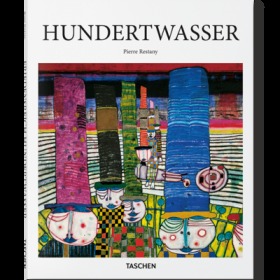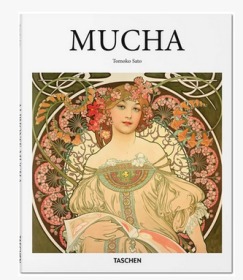
隈研吾:点 线 面 T&H Point Line Plane
¥ 268 8.0折 ¥ 336 九五品
库存2件
北京通州
认证卖家担保交易快速发货售后保障
作者Kengo Kuma
出版社Thames and Hudson Ltd
ISBN9780500027967
出版时间2024-09
印刷时间2024-09
印数1千册
装帧精装
纸张铜版纸
页数216页
字数1千字
定价336元
上书时间2024-12-20
- 在售商品 暂无
- 平均发货时间 31小时
- 好评率 暂无
- 店主推荐
- 最新上架
商品详情
- 品相描述:九五品
- 商品描述
-
●产品信息——
出版社 : Thames & Hudson (2024年 10月 8日)
语言 : 英语
精装 : 216页
ISBN-10 : 050002796X
ISBN-13 : 978-0500027967
商品重量 : 590 g
尺寸 : 14.99 x 2.79 x 22.61 cm
页面参数仅供参考,具体以实物为准
●内容简介——
表面上,这是一本阐述隈研吾建筑理论的文集,但同时也是反体积、反巨型结构,在某种意义上是反资本主义的,对当今建筑界现状的左翼批评。
《点线面》是建筑理论,但以叙事的形式写成,充满了有趣的小插曲,例如,在古罗马,由于玻璃非常昂贵,窗户上装有大理石片。它的写作形式非常日本化:一系列围绕一个主题的短文,针对的是文化水平较高的读者。
四部分共七十二篇相关文章阐述了隈研吾对体积和质量建筑的拒绝,这种建筑将二十世纪归类为一种更临时的建筑,这种建筑可以轻松拆卸,并且通过借鉴过去久经考验的做法,可以更轻松地接触地球。
Ostensibly a collection of writing that sets out Kengo Kuma's theories of architecture, but also an antivolume, antimegastructure, and in some sense anticapitalist, left-field critique of where the architecture world finds itself today.
Point Line Plane is architectural theory, but written as narrative, full of intriguing vignettes, such as the fact that in Ancient Rome windows were fitted with slices of marble because glass was so expensive. It's written in a very Japanese form: a series of mini essays that circle around a theme and is aimed at a highly literate audience.
Seventy-two related essays across four sections set out Kuma's rejection of the architecture of volume and mass that categorized the twentieth century in favor of a more ad hoc architecture that can be easily disassembled and, by drawing on tried and tested practices of the past, touch the earth more lightly.
— 没有更多了 —






























以下为对购买帮助不大的评价